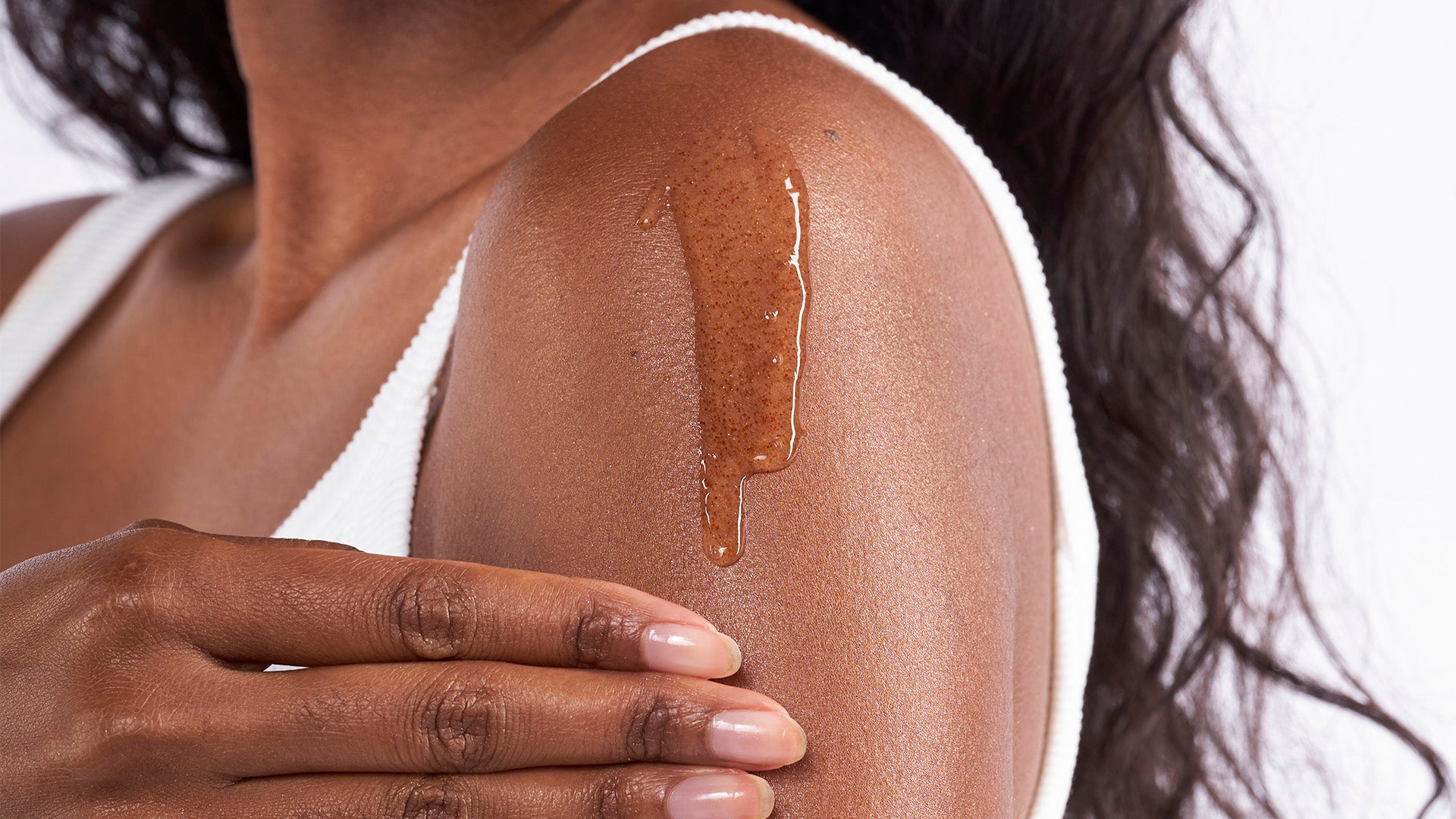
How to understand the differences in skin color?
Sommaire
Partager
Why are there several skin colors?
Today, it is recognized that there are differences in skin beyond color alone, and that skins of color have special care requirements. It has been scientifically proven that there are fundamental differences between black skin and Caucasian skin, which go beyond the obvious difference in color. In addition to the different amount of melanin in black skins, there are also differences in the structure of the stratum corneum (outer layer) and its ability to retain water. The belief that colored skin is more resilient than white skin is false, as sensitivity is often present but obscured by the deeper pigmentation.
The main factor that determines skin color is a black pigment called melanin, which is produced by tiny organisms called melanosomes, which reside in specialized cells known as melanocytes found in the cell-producing layer of shades ( basal layer). There are two types of melanin in the human body, Eumelanin (black) and Phaeomelanin (red). The natural color of the skin is determined by the amount of these two types of melanin. Scandinavian skin has about the same number of melanocytes in the skin as black skin. What gives the color of the skin is the amount of black pigments (Eumelanin) and red pigments (Phaeomelanin). This is part of the inherited genetic pattern of the individual and will determine hair color and eye color. The size and shape of melanin particles in the body depend on the size and shape of melanosomes (organelles of melanocytes that synthesize melanin). In darker skin, the melanosomes are about twice as large as those in fair skin, and are scattered throughout all layers of the skin. Melanosomes are larger and more numerous for darker skin. For Caucasian skin, they are smaller and more concentrated. Also, the melanocytes present in colored skin are genetically programmed to produce more melanin. Greater variation in melanin content of colored skin results in five times greater color variation than Caucasian skin. It is estimated that there are more than 35 shades of color in dark skin.
Does more melanin mean more sun protection?
Melanin protects against sunburn and helps prevent the development of skin cancer by absorbing ultraviolet rays. By nature, black skin absorbs up to 36% more solar radiation than Caucasian skin. There is therefore a lower incidence of sun-induced skin cancer in black skin. We could conclude that melanin is a very effective natural sunscreen. However, although melanin appears to be protective against the skin cancer properties of sunlight for black skin types, it does not protect against damage to the immune system. A single exposure to low dose UVR alters the skin's immune system.
Are colored skins as sensitive as Caucasian skin?
Moderate to black pigmented skin is as easily irritated as Caucasian skin. The difference lies in the appearance of the skin irritation. Dark skin reacts to skin disorders by producing hyperpigmentation (spot, melasma, etc). Long-term continued use of irritating chemicals or substances can induce more marked hyperpigmentation, which has caused some people to turn to lightening products like hydroquinone which will produce more adverse effects (ochronosis for example) .
There are many misconceptions about black skin. It is often thought to be thicker and harder than the so-called Caucasian skin. However, their thickness is the same, although there are indications that the stratum corneum (outer layer) of colored skins contains more compact cell layers than for Caucasian skins. We remind you that trying to change the appearance of your skin can have an influence on its health. The desire to tan among those with white skin leads to an increased risk of skin cancers. Some dark-skinned women's quest for lighter skin tones can lead to the use of inappropriate and skin-damaging products.




